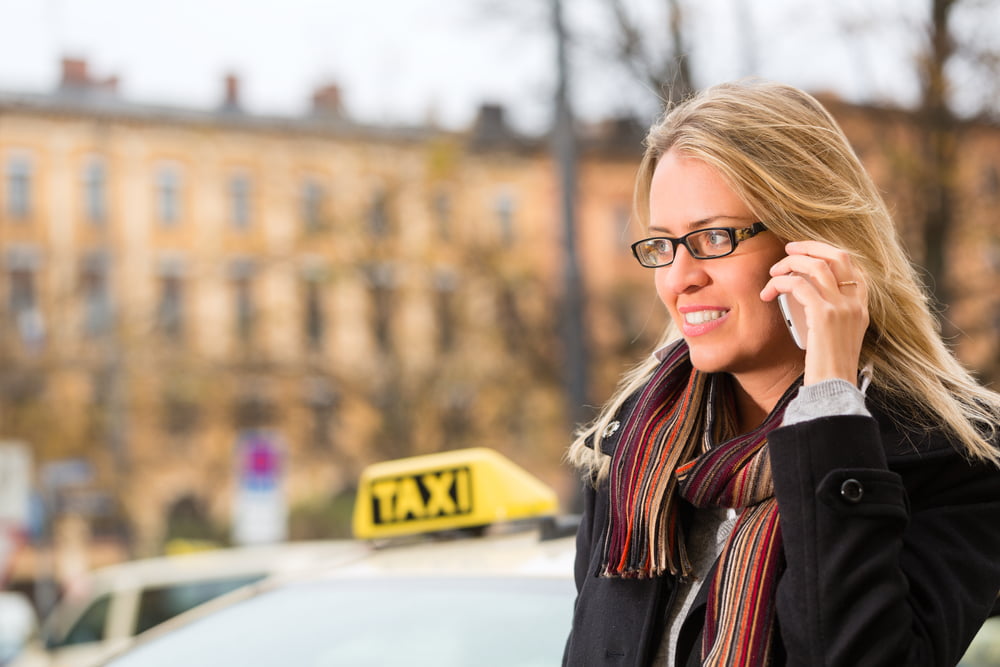If you try to follow the progress of Mobility as a Service, better known as MaaS, you will see that there is still a lot of work to be done. Now that the pandemic is over and the associated working from home is a thing of the past for many, we see where we stand again. Reviewing our own mobility could have facilitated a breakthrough, but with traffic jams increasing daily to unprecedented proportions, we can see that everyone is reverting to their old habits.
Public transport is about the only thing that has not recovered with the same speed as far as travelers are concerned. And let that now be a key player in mobility that we embrace within MaaS. We cannot really count on target group transport if we are to believe KNV. The trade association even calls on clients to be 'lenient' when they see that their clients are not transported on time or even not at all. Due to a lack of drivers, rosters cannot be filled in optimally. According to KNV, this problem is also the client's problem. After all, we have to 'solve' the problem together, it sounds like.
mobility problems
Will MaaS be a keyword to get subsidies or will it contribute to the delivery of mobility solutions? Countless initiatives are stranded in endless meetings, a lecture, conference or study. In the meantime, there may be more employees working at companies that earn money from all these MaaS expressions than there are actually travelers who embrace the concept of travel every day.
(text continues below image)

communication standard
Technically, MaaS also has function. Countless technicians come up with protocols to communicate with each other. Leading in the low countries is the TOMP API workgroup and I would like to stick to that as advice. Anyone who wants to meet all standards can start a new department within his company and put a graduating class of ICT specialists to work. Renowned names in mobility such as TOMP, CROW, GBFS, OSDM, NETEX, SIRI, CRAB LOD and OSLO ask time and again for explanations and new working groups.
Planning, booking, paying and claiming your trip with one app is the ultimate dream. And it is already reasonably possible within the major cities. With the Felix shared scooter to The Hague Central station. Then by train to Eindhoven and then with GO-SHARING to my destination. It gets worse in the countryside because try traveling from Philippine to Goes with one of the 20 apps that are now on my phone. Each and every one of them promises to solve my mobility problem, at least the promotional texts. So there is still a long way to go, because transport is not everywhere.
Also read: Taxicentrale De Meierij App available for everyone


